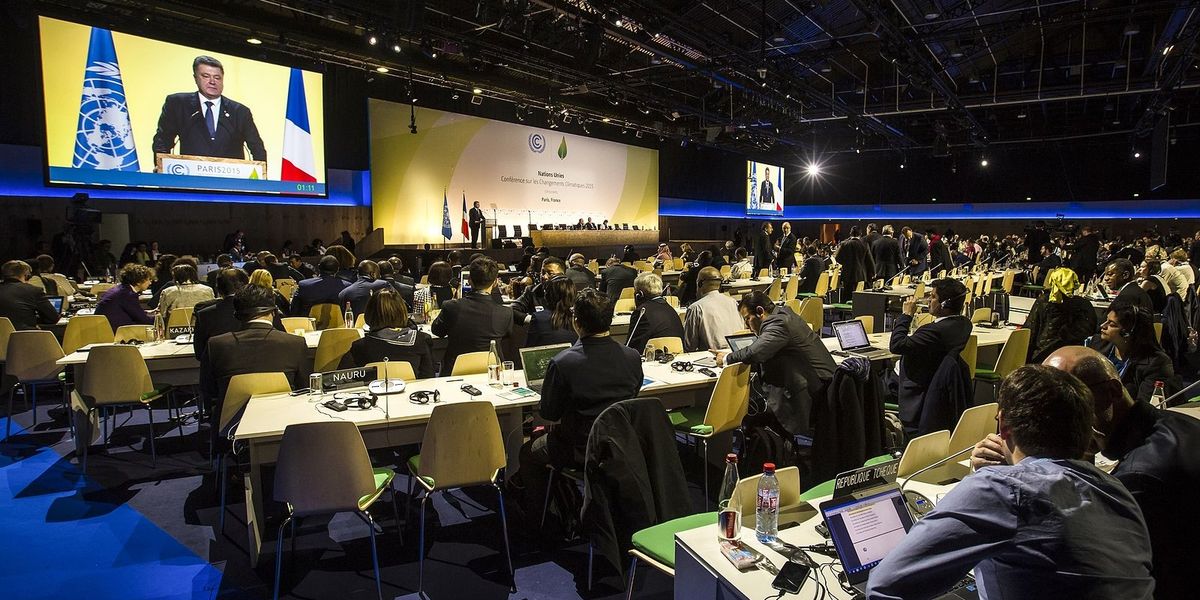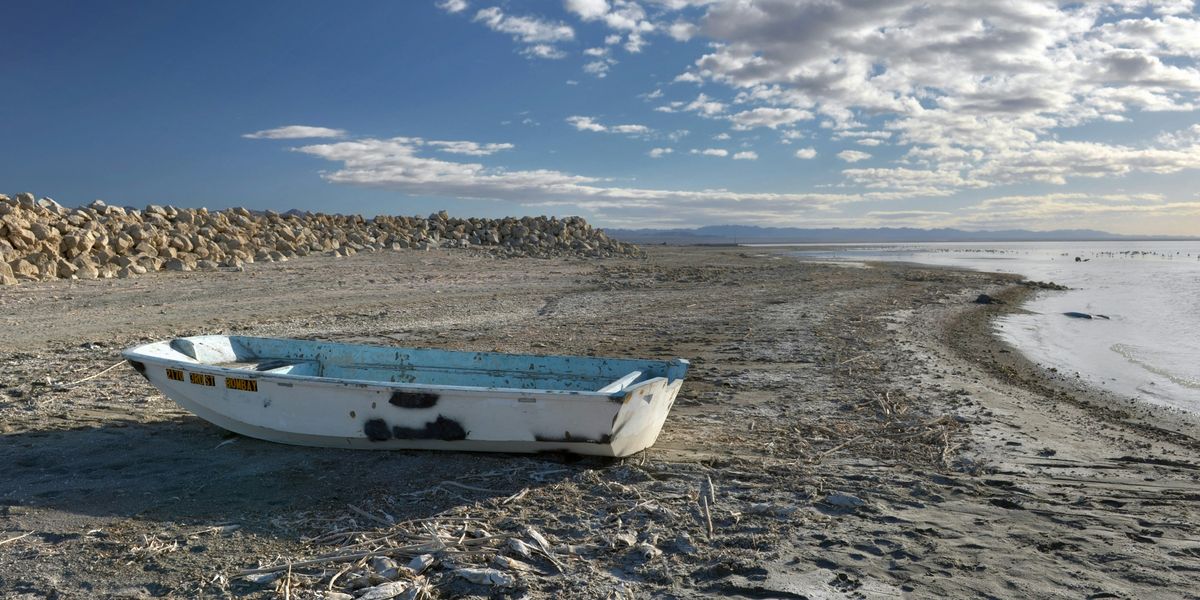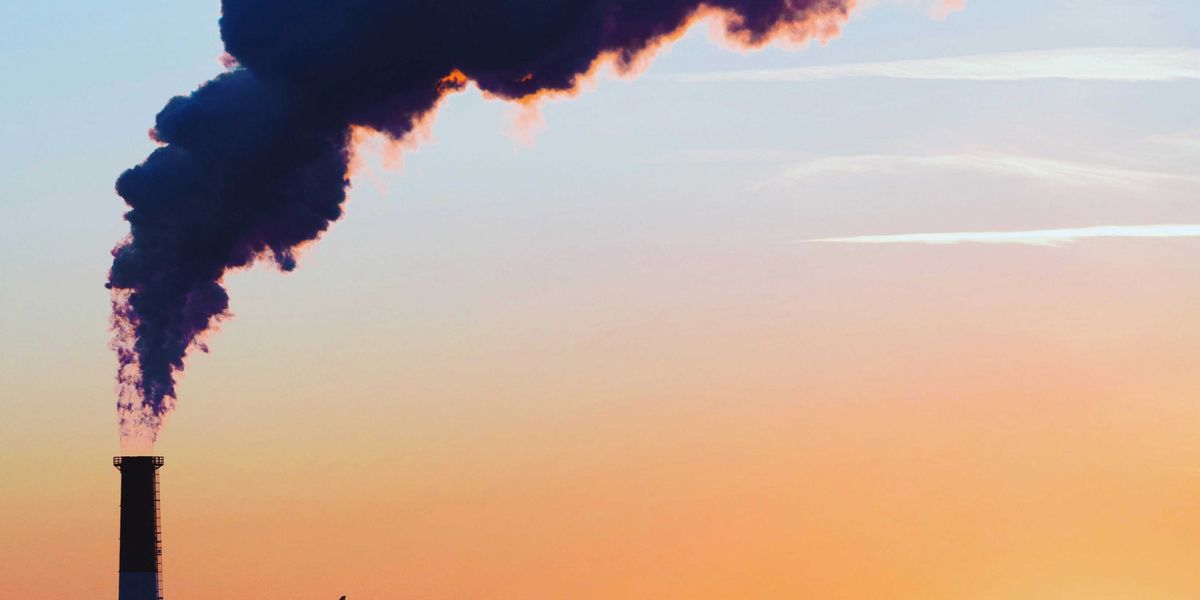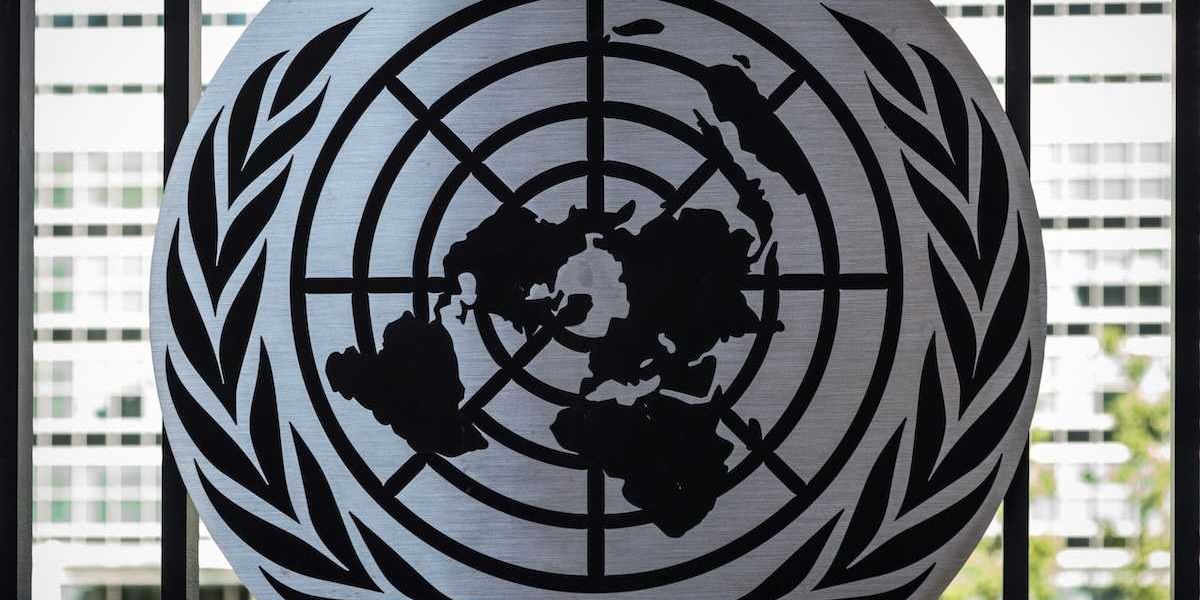
Wind energy faces new scrutiny as Trump targets eagle deaths
President Trump’s administration has moved to tighten enforcement of laws protecting bald eagles from wind turbines, even as it has weakened those same protections for oil, gas, and other industries.
Lisa Friedman reports for The New York Times.
In short:
- Interior Secretary Doug Burgum ordered a review of permits that allow wind companies to incidentally harm eagles and suggested possible criminal prosecutions.
- At the same time, the administration has rolled back parts of the Bald and Golden Eagle Protection Act, the Endangered Species Act, and the Migratory Bird Treaty Act, often benefiting fossil fuel producers.
- Federal data shows wind power kills far fewer birds than oil pits, power lines, buildings, or domestic cats, and scientists warn climate change poses the greater long-term threat to birds.
Key quote:
“All of the concern for eagles is concentrated solely on wind right now.”
— Sarah Krakoff, professor of environmental law, University of Colorado, Boulder
Why this matters:
Bald eagles are one of the most visible symbols of American wildlife, and their rebound from near extinction is often cited as a major conservation success. But their survival remains tied to environmental safeguards that limit industrial impacts, from toxic lead to habitat destruction. Energy policy decisions that selectively enforce wildlife protections can skew public perception about the real sources of harm and shift the regulatory burden away from larger threats. If political battles over energy sources obscure scientific evidence, wildlife protections risk becoming tools of partisan agendas rather than consistent safeguards for species survival.
Related: Trump’s energy order weakens endangered species protections













